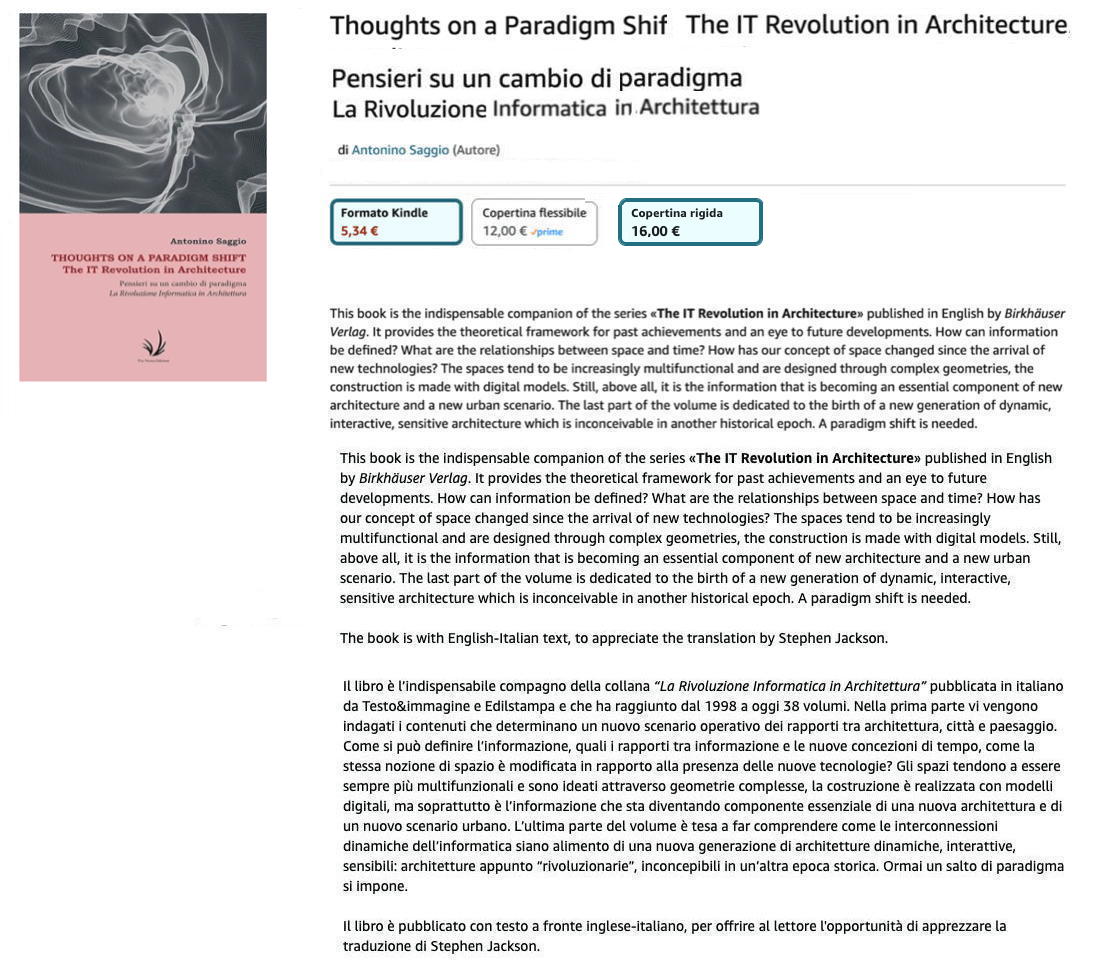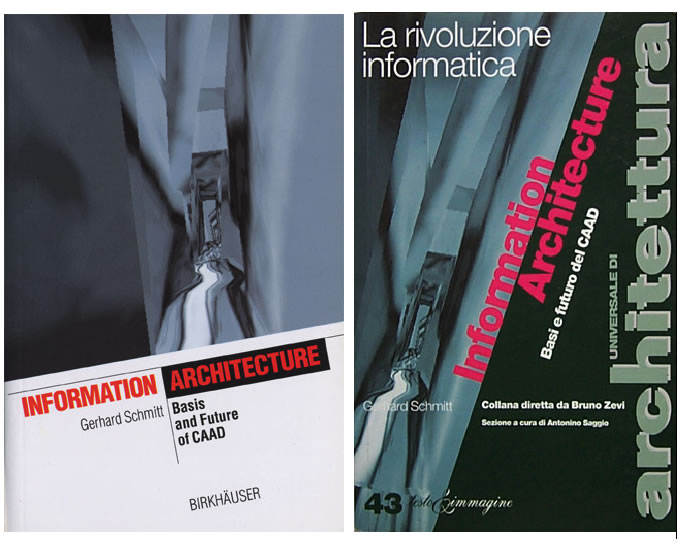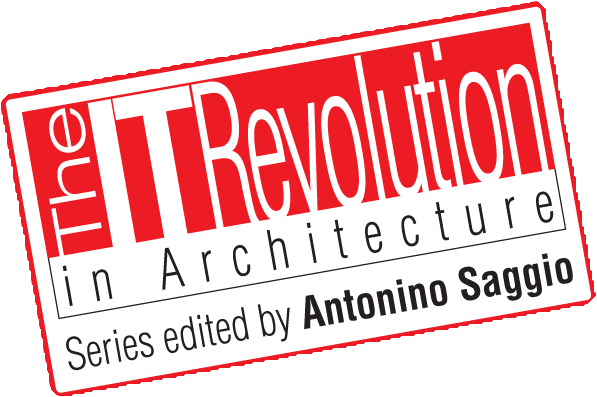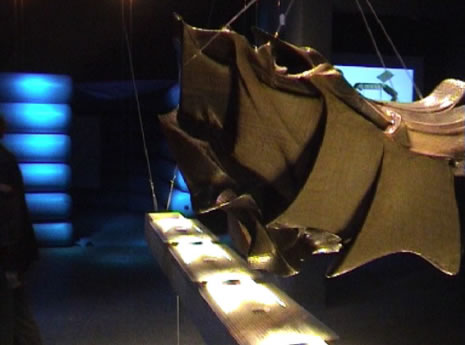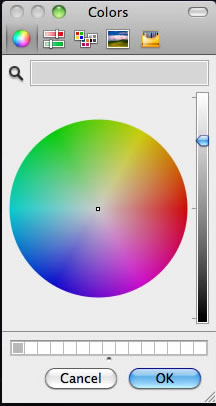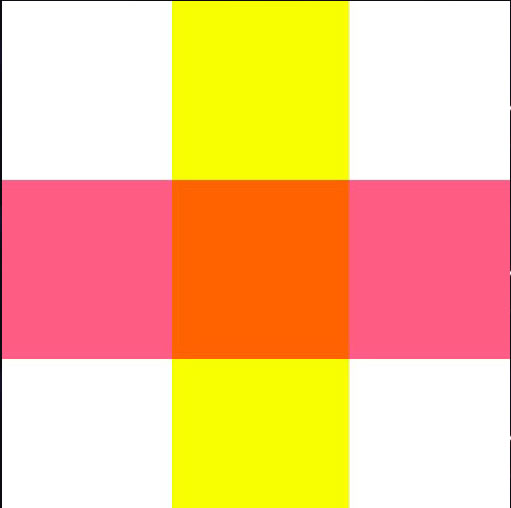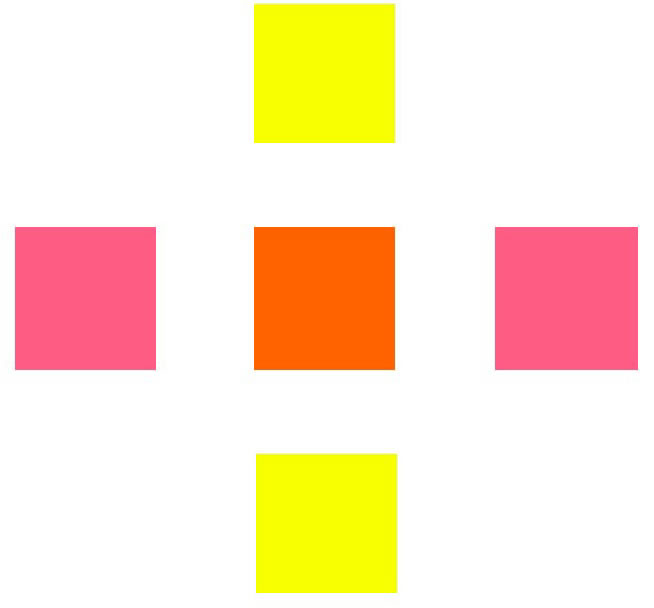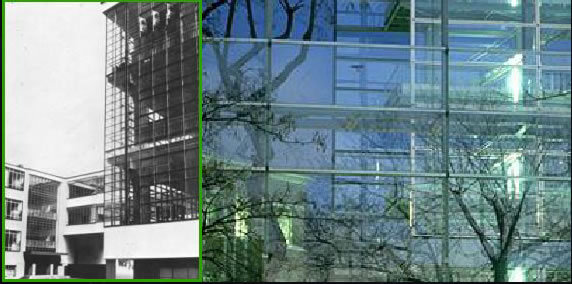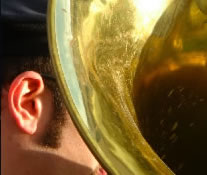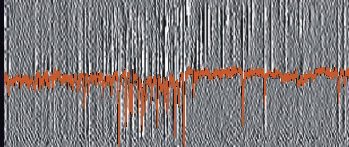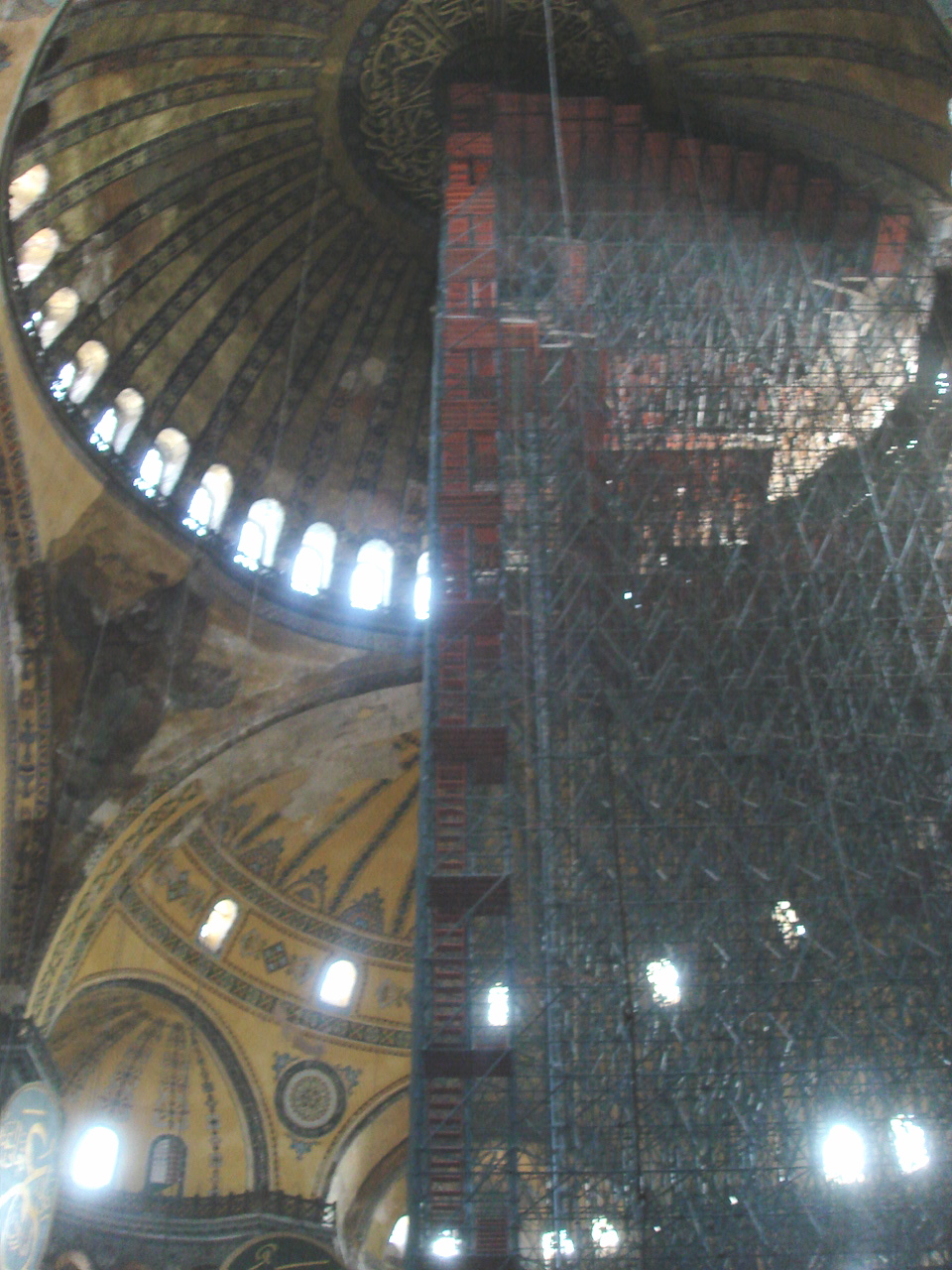Antonino Saggio
I Quaderni
Informazione
Spazio
Spazio-Informazione
(by the way we Made other ten books in Italian )

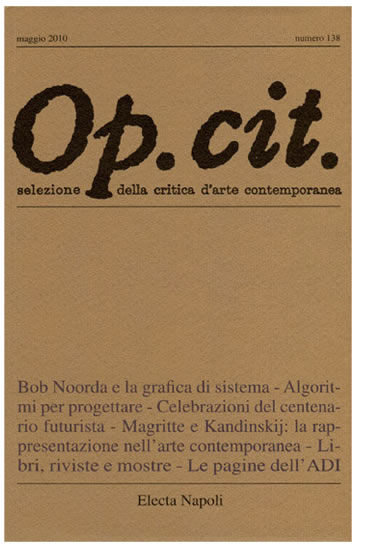
AS, INFORMAZIONE MATERIA PRIMA
DELL'ARCHITETTURA
Op. Cit. n. 118, September 2003
(pp. 5-10).
Anche
in rete

L'atto del nominare
è atto umano pel rompere il caos dellìuniverso. Per
Trasformare l'ndistinto nel distinto attraverso
un'azione che gli psicologi definiscono "inserire nella
sfera del desiderio".
1. a datum is the minimum element that modifies a previous situation (the land “was” brown and now has a white circle).
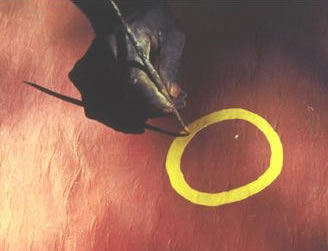
Now I can proceed to the second formulation:
2. a datum is the objects of multiple conventions. This means a datum must be associated with a well-defined convention in order to have any meaning.
Applying convention to a datum begins the “formation” of a world. This word “formation” is important and leads us to the center of the problem and the third formulation:
3. information is the application of a convention to a datum.
Now Look this picture
and let’s ask “What is it?”

Depending on the convention we choose to adopt, that oval could be: a group of smaller points; a letter of the alphabet; the number 0; an oval (mathematically defined); the two-dimensional projection of a volume; a whole note; a “sprite” in a montage; or even a symbol for something else. All this “depends” on the convention. Our definition functions excellently in this second meaning.
The fundamental passage is that the world of information technology is a world already formalized from the start! In other words, the earlier question, “What is it?” (referring to the small drawing of the oval) is inconceivable because in information technology “we know right from the start the conventional system within which we are moving.”
So here is the fourth formulation:
4. in information technology, data do not exist, but instead only and always information.
Information technology has a well-known, close relationship with the electrical data of the computer that are in fact “data”: either they are there, (On = 0), or they are not there, (Off = 1)
5. if in information technology, data do not exist but only information, then in information technology everything is information. This formulation touches on the crux of the problem and takes into account that information is truly “in formation,” in constant, dynamic, inexhaustible moving and becoming! It also defines the territory where this occurs as precisely the electronic territory.
At this point, it is
useful to refer to the Oxford English Dictionary: “inform”
means “put into form” and information is the “action” of this
putting into form.
From this definition comes a new decisive proposition. If, in
information technology, everything is “in formation,” then 6.
the taking shape of information is defined as modeling and
finds its expression in the creation of models, a term we will
discuss shortly.
Thus, the model is the form assumed by information, the form
into which information becomes “modeled.”
Raw Material
Many families of models exist in information technology. The
simplest is represented by the spreadsheet that links pieces
of information to one another via mathematical formulas,
allowing constant updating of all values based on variations
in only one piece of information. This invention has had
consequences in a broad field of activities, from financial to
construction. Above all, it represents the advent of a
generalized way of thinking “What … if” or rather “What”
happens in my model “if”? For some time, “spatial and
architectural” models have existed that dynamically link the
geometric, spatial, constructive, and even performance
information of a project so that varying one datum makes it
possible to verify “in a cascade” what will happen in all the
interconnected areas of information in the project system.
In this context, as we will see more clearly, a design project
tends to function like a group of equations representing
specific sub-areas of the project. Defined forms are not
designed, but instead “families of possible forms” that can
vary within several parameters, substituting the geometry of
Euclidean absolutes with topological families. Architectural
design and thought thus moves within a network of these
fluctuating, moldable bits of information like a system of
interconnected equations that pass data back and forth between
each other. To day more and more architects work with
scripting first and visual programming after to produce a
representation that is geometrical and mathematical at once.
The infos resulting at the end of the process can be send to
computerized machines to electronically produce concrete
components of construction. This process tends to reverse the
type of thinking that was usual for the architects of the
past. A script generated form can be interrogated to
understand what constructive, functional, bioclimatic
characteristics it can effectively support. A cyclical process
of hypotheses-test is generated in which the manipulation of
the mathematical information are indeed the “raw material” of
a radical new conception of architecture.
The new generation of architects is working to understand how
these mutable, interconnected, dynamic models representing the
heart of the IT Revolution could transmigrate into an
architecture that would be their reification. If this research
constitutes the horizon of a new phase of architecture, its
raw material, the wellspring that feeds the research and moves
in waves, whirlpools, eddies, and waterfalls, is called
information, the raw material of a new phase in architecture.
Sul Concetto di Spazio Pieno
«Il primo concetto è che vuoto e spazio non sono sinonimi. Il vuoto ha significati profondi, legati in particolare alla cultura scintoista che usa il vuoto come evocazione della divinità. Una divinità che per presenziarsi ne ha bisogno. Ma spazio non è sinonimo di vuoto.
Il concetto di spazio varia da tempo a tempo e si intreccia con gli strumenti cognitivi che l’umanità mette a punto nel suo percorso. In una fase storica, quella definita classica, spazio e vuoto coincidono e coincidono con una idea di tempo e di spazio assoluti. Si tratta della costruzione del mondo della matematica e geometria analitica di Cartesio e della fisica di Newton. Ma attraverso Einstein lo spazio non è più un vuoto, ma una rete quadridimensionale che si incurva con la massa. I fisici quantistici arrivano a descrivere questo spazio come un pieno composto di granuli legati a rete tra loro.
Questa idea di spazio «pieno» ha conseguenze non sono solo cognitive, ma operative. I progressi tecnologici dei nostri anni rendono questo spazio attivabile via sensori che costituiscono il ponte tra spazio e concretizzazione architettoni ca. I raggi ultravioletti, i segnali radio, i segnali televisivi, le onde wifi o bluetooth possono reificarsi trasformandosi in azioni concrete che tutti conoscono a cominciare dall’apertura di un cancello. Le azioni però non hanno solo la potenza pratica della utilitas, ma an- che la possibilità di aprirsi ad una dimensione estetica. Ci aiutano a pensare e costruire da architetti il «nostro» spazio, lo spazio dell’og-gi, lo spazio dell'informazione cui molti artisti e architetti peraltro lavorano da anni.»
Overview Il Cambiamento del Concetto di
Spazio:
Spazio Organo, Spazio Sistema, Spazio Informazione
Spazio al Centro
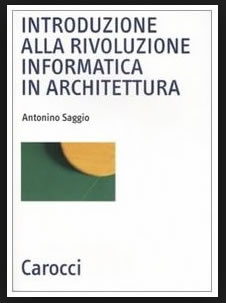
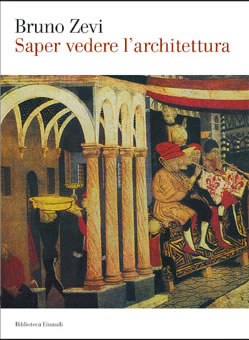
Lo Spazio Organo
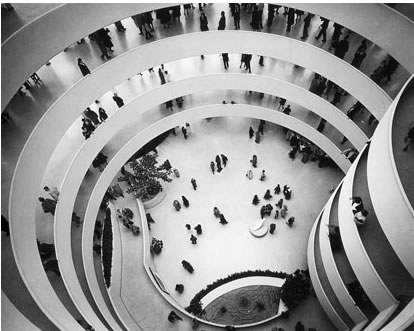
Lo Spazio Sistema
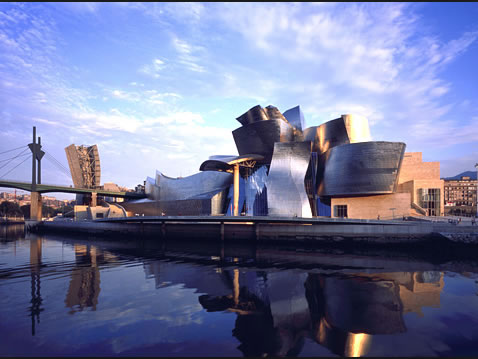
Lo Spazio Informazione
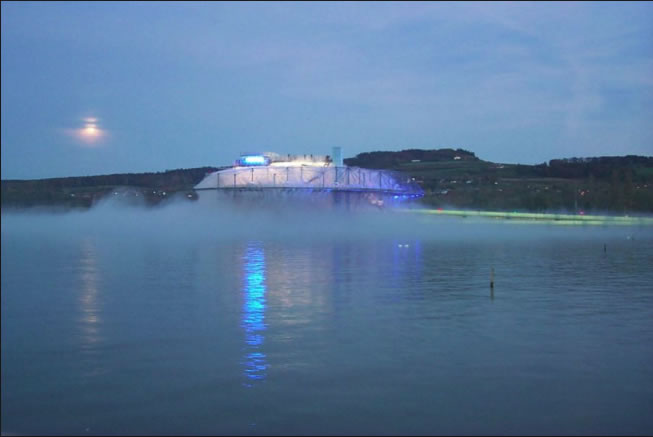
Marcos Novak "The invisible Space"
Installation Greek Pavillon, Biennale of Venice 2000

